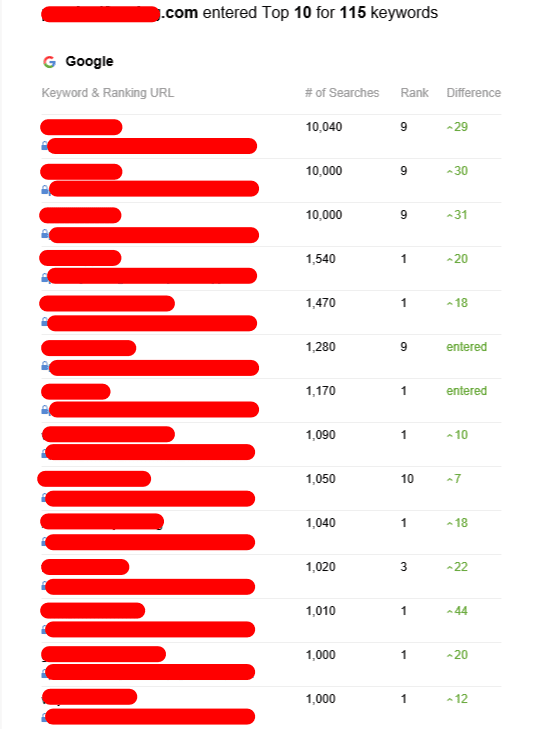Tiered Backlinks Service
Tiered backlinks are an essential tool in any SEO strategy. They can help build a solid profile of backlinks without attracting penalties from search engines. It is important to learn how to use them effectively.
Tier two backlinks come from sources that are moderately reliable, such as blogs, directories and article networks. The importance of relevance and quality is put aside in favor of quantity at this point.
First Tier
Tiered link construction helps you build a high-quality profile for backlinks to your website. It is a method of replicating the process that occurs when highly authoritative content is distributed across the internet. This is done by using a network of pages that endorse the main source and then redirecting their link juice to a page promoted by the site. This method allows you to build a large number of links without impacting the quality of your content on your site.
Tier 1 links are the most reliable links from a website that offers various levels of backlinks. They should be placed on reputable websites that are relevant to your niche. They should also be able to boast an excellent domain authority. This is the most important element of your tiered linking campaign, and it can be difficult. tiered linkbuilding can utilize tools such as Moz, Ahrefs, SEMrush or Loganix DA Checker to verify the domain authority of potential donors for your Tier 1 links.
Tier 2 is the next stage in tiered linking. These are links that are less powerful than Tier 1 however they could boost your search engine ranking. You can create Tier 2 links using blog comments, forum posts and wikis. This method should only be used when it is not against the rules. Also, avoid automating.
Second Tier
It is possible to boost the quality and quantity of your backlinks by using a tier system. This will not result in penalties from search engines. It is a lengthy process. Tiered link building requires linking to multiple pages on a website. This is an enormous amount of work. It could take months for a tiered campaign produce results. This is due to the fact that PageRank requires a long period of time to pass onto the destination web page.
The first layer of your tiered backlinks should be comprised of dofollow backlinks from relevant sites with an impressive domain authority (DA). The benefit of a tier-one backlink is in this level. It is vital to use a trusted domain authority checker such as Moz, Ahrefs, SEMrush, or Loganix to confirm the rank of your tier one backlinks.
You can use profiles on social media sites, un-spammed Q&A websites, and blog networks. This could include social media profiles as well as non-spammed question and answers websites, or blog networks. Some SEO practitioners utilize automated tools for building links to accomplish this goal.
It is crucial that the links you get for your Tier 2 appear natural. According to Google's Webmaster Guidelines, if a link appears artificial, it may be flagged as spam and penalized accordingly. This could lead to dramatic decreases in rankings or hand-off of manual action by Google's human reviewers.
Third Tier
Tiered link building is a great way to increase the authority of your site. It allows you to leverage the benefits of poor quality backlinks, while reducing the risk of being penalized by search engines. This strategy increases the effectiveness of your SEO efforts since it allows you to purchase links at cheaper prices. Tiered link building can have its advantages however it also has some disadvantages. It could be risky if you utilize too many low-quality backlinks or when the links aren't relevant to your site in a meaningful way. It is important to not overdo the number of tier links as Google could penalize your website.
Tier 2 links are generally less trustworthy than tier one and are intended to increase the authority of the domain for the original backlinks. These links are available in blog comments, forums and wikis, as well as other web 2.0 sources. This kind of link is also referred to as "pumping levels." It is essential to make sure that your tier 2 links are relevant and high-quality.
Utilizing too many automated tools for building Tier 3 links may violate Google's Webmaster guidelines and result in an manual action. Many optimizers utilize GSA, Xrumer, and ZennoPoster to automate their Tier 3 link building. Tier 3 links must be created from reputable websites and niches. Google will penalize the website when it determines that they are part of a link scheme.
Fourth Tier

Tiered link building can be used to boost the authority of a site and its SEO ranking. However, it's important to follow this method with care to ensure that you aren't in violation of Google's guidelines. If you build high-quality backlinks in tier 3 on low-quality or spammy websites, for instance, it could result in your website losing rankings. If you're acquiring backlinks at a rapid rate, Google may also penalize your website.
To avoid this, focus on building a variety of tier-one backlinks from reliable sources. For instance, you could include first-tier links in guest blogs as well as link roundups and article directories. You can also utilize Tier 2 links to improve your tier 1 backlinks. This is because the tier two backlinks are generally more reliable than third-tier links.
It's important to keep in mind that building tiered links requires an enormous amount of effort and money. For example, you'll need to pay for content writers and automation tools. Additionally, you'll need to keep track of all the different levels to ensure that your campaign is consistent and effective. If you don't have the time or resources to dedicate to this method It is recommended to outsource it to an agency that specializes in tiered linking building.
